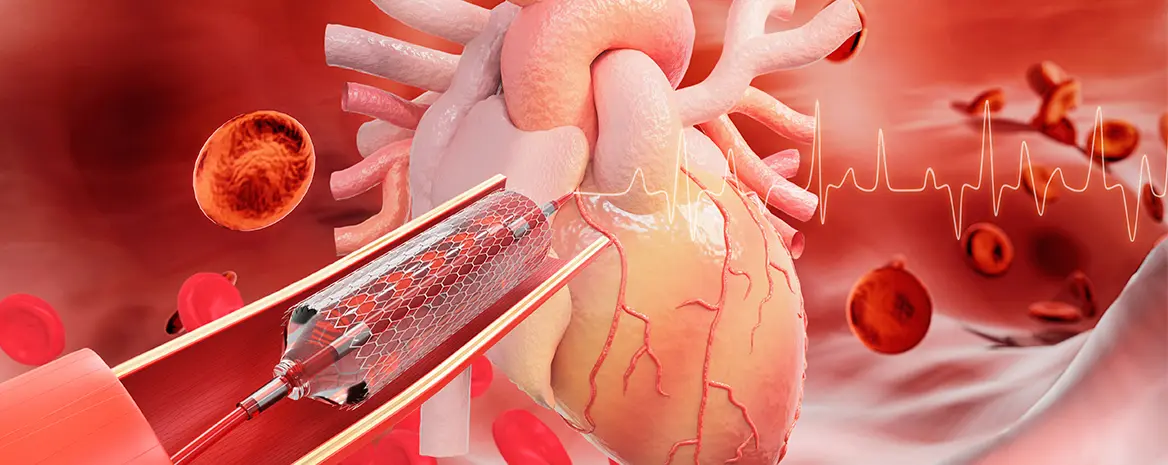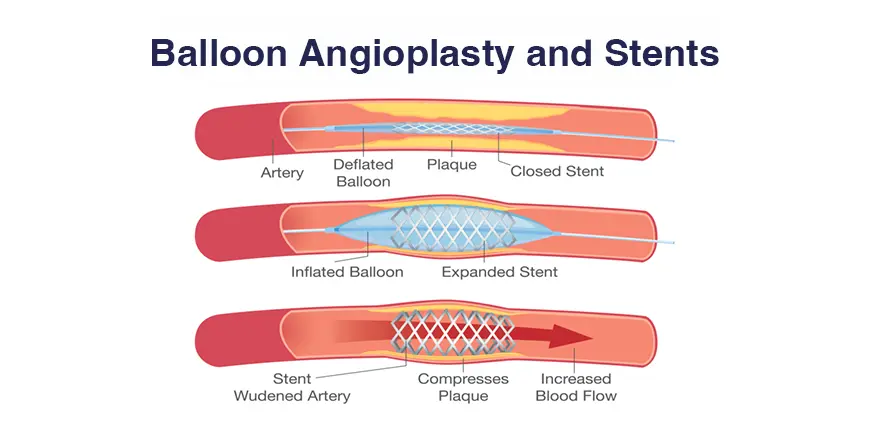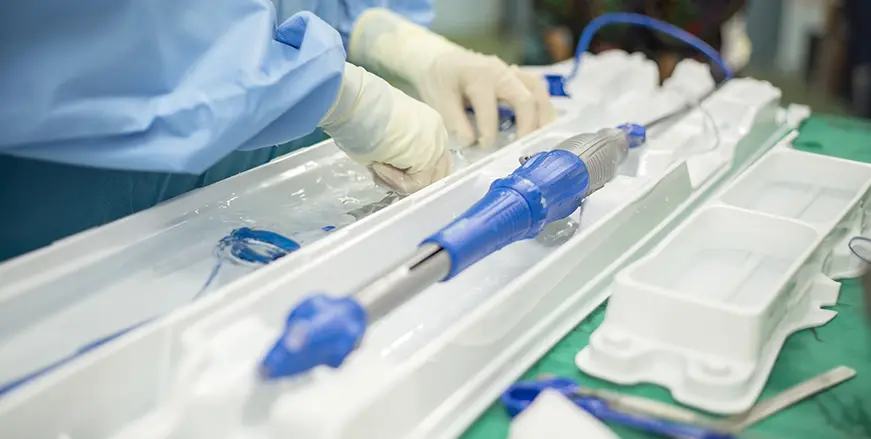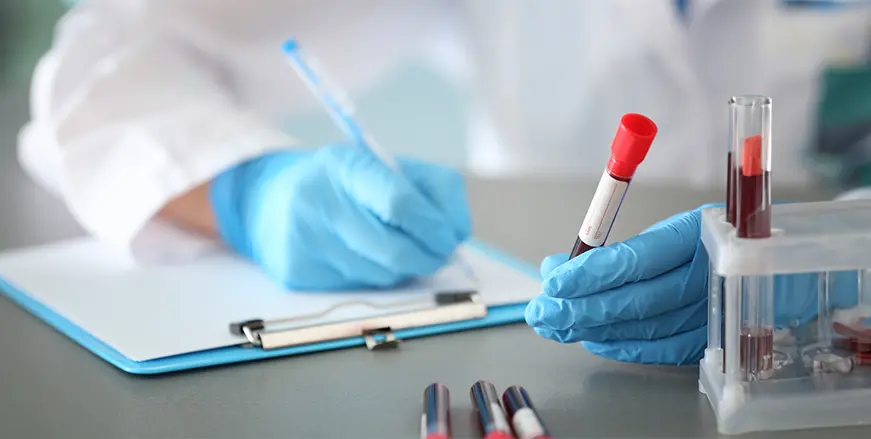Doctor certified article
Coronary Angioplasty Abroad: What Medical Tourists Need to Know

Introduction
Heart disease remains a leading cause of death and disability worldwide. With advancements in cardiology, Coronary Angioplasty and Stenting offer a hope to those suffering from coronary artery disease. This procedure has increasingly become popular among medical tourists looking for high-quality and cost-effective solutions for their cardiac issues. This comprehensive guide aims to shed light on the different aspects of Coronary Angioplasty and Stenting, from preparations to recovery, specifically catering to the unique needs of international patients.
Understanding Coronary Artery Disease
What is Coronary Artery Disease?
Coronary artery disease (CAD) is a condition characterized by the narrowing or blockage of the coronary arteries due to the build-up of fatty deposits, known as atherosclerotic plaques. These arteries supply oxygen-rich blood to the heart muscle, and any restriction in blood flow can result in symptoms such as chest pain, shortness of breath, and potentially, a heart attack.
Risk Factors
Medical tourists must consider their specific risk factors, which may include:
- High blood pressure
- High cholesterol levels
- Smoking
- Diabetes
- Sedentary lifestyle and Obesity
- Family history of heart disease Understanding these risk factors is crucial for international patients as they often affect pre-procedure preparations and post-operative care.
What is Coronary Angioplasty?
Coronary Angioplasty is a minimally invasive procedure used to dilate (widen) narrowed or obstructed arteries. During the procedure, a catheter with a deflated balloon attached, is threaded through the arterial system to the site of the blockage. Once in place, the balloon is inflated, compressing the atherosclerotic plaque and widening the arterial lumen to restore blood flow.

Types of Angioplasty
- Balloon Angioplasty: The most basic form where only a balloon is used.
- Atherectomy: A catheter with a rotating shaver on its tip is used to remove plaque.
- Laser Angioplasty: Utilizes a catheter with a laser tip to vaporize the blockage. Understanding the type of angioplasty you may require is especially significant for international patients who might need to discuss these details with healthcare providers in different time zones or languages.
The Role of Stenting

Why is Stenting Necessary?
Stenting is often performed in conjunction with angioplasty to provide more lasting relief from arterial blockages. The stent acts as a scaffold to support the artery and keep its lumen open, thereby ensuring unhindered blood flow to the heart muscle.
Types of Stents
- Bare-Metal Stents: Comprised solely of a metal framework.
- Drug-Eluting Stents: Coated with medication to prevent restenosis, or re-narrowing. Knowing the type of stent used can help international patients in future healthcare interactions, especially if follow-up care is conducted in their home country.
Candidates for Coronary Angioplasty and Stenting
Medical tourists often wonder whether they are good candidates for angioplasty and stenting. Generally, this procedure is recommended for: Individuals experiencing frequent angina (chest pain) not managed by medication. Patients with significant blockage in one or more coronary arteries. Those who have suffered a heart attack.
Pre-Procedure Preparations

Medical Tests
- Electrocardiogram (ECG)
- Blood Tests, especially cardiovascular risk profile
- Coronary Angiography Preparation often starts weeks in advance and could involve adjustments to medication and lifestyle changes. For international patients, the logistics can be more complex and may require careful planning.
Financial and Logistical Considerations
Being an international patient means you'll need to consider travel and accommodation. Make sure to consult with your healthcare provider about cost estimates, insurance coverage, and payment options, as well as any necessary visas or permits.
During the Procedure
What Happens in the Operating Room?
You will generally be awake but sedated. The invasive cardiologist will use real-time X-ray guidance with contrast fluid to navigate the catheter through your arterial system.
Anesthesia and Safety Protocols
Local anesthesia is commonly used, and safety protocols such as sterilization and patient monitoring are stringently followed to minimize risks. For international patients, understanding the procedural details can significantly reduce anxiety, especially when navigating healthcare in a foreign setting.
Post-Procedure Care

Immediate Aftercare
Following angioplasty and stenting, you'll be moved to a recovery room for monitoring. Most patients are discharged within a day but could require an overnight stay for observation.
Long-Term Care
- Medication: Anti-platelet agents are generally prescribed to prevent clot formation.
- Follow-Up Virtual Consultations: For international patients, telehealth options could be a convenient way to maintain continuity of care while back in their home countries.
Physical Rehabilitation
Your cardiologist will likely recommend a cardiac rehabilitation program to help you return to your regular activities safely.
Risks and Complications
Like any surgical procedure, angioplasty and stenting come with their set of risks:
- Restenosis: The artery may narrow again.
- Blood Clots: A rare but serious risk. Knowing the risks involved helps in making an informed decision and aids in discussing concerns during consultations, both in-person and virtual.
Choosing the Right Healthcare Provider
Accreditation and Certifications
Always look for hospitals and clinics accredited by internationally recognized healthcare organizations.
Expertise of the Cardiologist
Having an experienced cardiologist, well-versed in dealing with international patients, can make all the difference in your treatment outcome.
Second Opinions and Decision Making
It's not only acceptable but often advisable to seek a second opinion, particularly for major health decisions like this one. Many medical tourists opt for a second opinion to validate the initial diagnosis and treatment plan.
Conclusion
Coronary angioplasty and stenting are advanced procedures that have improved the quality of life for millions globally. By understanding the various facets involved, you, as an international patient, can make informed decisions about your healthcare journey. Remember, ongoing post-procedure care is crucial for long-term success, which can often be facilitated through virtual consultations, especially beneficial for those residing outside the country of treatment.
References
Levine, G. N., Bates, E. R., Blankenship, J. C., Bailey, S. R., Bittl, J. A., Cercek, B., ... & Jneid, H. (2016). 2015 ACC/AHA/SCAI focused update on primary percutaneous coronary intervention for patients with ST-elevation myocardial infarction: an update of the 2011 ACCF/AHA/SCAI guideline for percutaneous coronary intervention and the 2013 ACCF/AHA guideline for the management of ST-elevation myocardial infarction. Journal of the American College of Cardiology, 67(10), 1235-1250. Windecker, S., Kolh, P., Alfonso, F., Collet, J. P., Cremer, J., Falk, V., ... & Juni, P. (2014). 2014 ESC/EACTS guidelines on myocardial revascularization. European Heart Journal, 35(37), 2541-2619. American Heart Association. (2020). Heart Disease and Stroke Statistics-2020 Update: A Report From the American Heart Association. Circulation, 141(9). Mayo Clinic - Coronary angioplasty and stents. Retrieved from Mayo Clinic Website World Health Organization. Guidelines on coronary angioplasty and stenting. Retrieved from WHO Website Note: Always consult your healthcare provider for the most accurate and personalized medical advice.

